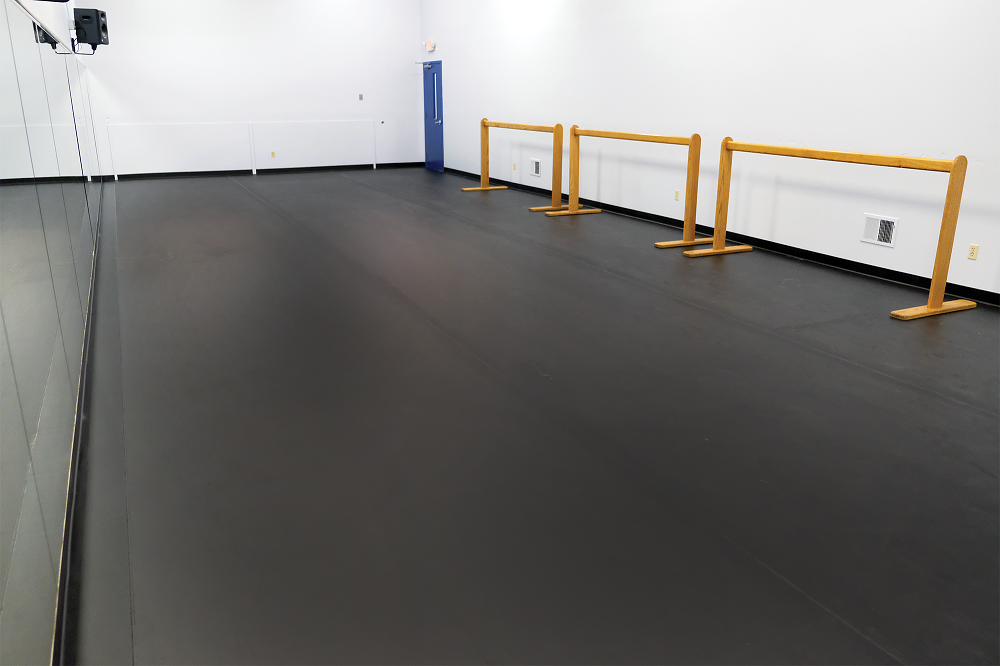Cutting-edge Design Movements Molding the Future of Interactive Light Emitting Diode Dance Floors
Cutting-edge Design Movements Molding the Future of Interactive Light Emitting Diode Dance Floors
Blog Article
Engaging light-emitting diode dance surfaces have become increasingly popular in multiple entertainment venues, such as dance clubs, musical events, and events. These surfaces utilize cutting-edge tech to generate vibrant light showcases that react to music and movement. As technology keeps to evolve, several innovative design trends are influencing the future of these responsive dancing floors. These trends not only enhance the aesthetic experience but also boost user engagement and forge a more immersive environment for performers and spectators alike.
One significant trend in interactive light-emitting diode dance surfaces is the integration of intelligent technology. Many recent designs feature detectors that identify motion and adjust the illumination accordingly. This implies that the floor can alter colors, patterns, and effects based on how numerous people are dancing and where they are positioned. This responsiveness creates a lively environment that promotes participation and enthusiasm. Additionally, some designs allow users to manage the lighting through mobile applications, giving them the ability to customize their encounter in real-time.
Another crucial trend is the utilization of sustainable resources and power-saving technology. As environmental issues grow, many creators are focusing on creating light-emitting diode dance surfaces that are not only aesthetically impressive but also eco-friendly. This includes utilizing repurposed resources for the floor's building and implementing power-efficient light-emitting diode lights. These advancements help minimize the environmental footprint of events while still providing a mesmerizing visual encounter. By prioritizing eco-friendliness, creators are appealing to a more ecologically conscious crowd.
The incorporation of enhanced reality (AR) is also transforming the responsive dancing surface experience. AR tech allows participants to view digital images and animations superimposed on the real world through their mobile devices or AR glasses. This can enhance the dancing surface encounter by adding digital elements that engage with the real space. For example, performers might see animated figures or graphic displays that respond to their actions, creating a distinctive and engaging environment. This trend is particularly appealing to younger audiences who are familiar to digital engagements in their everyday lives.
Additionally, the design of interactive light-emitting diode dancing surfaces is growing more versatile and adaptable. Many recent designs can be easily installed in various environments, from temporary events to long-term setups. This flexibility allows locations to create customized experiences that cater to different concepts and crowds. Some designs even feature modular parts that can be reconfigured to create different shapes and arrangements. This adaptability not only enhances the visual attractiveness but also allows for creative expression in gathering organization.
In conclusion, the future of responsive light-emitting diode dance floors is being interactive dance floor systems shaped by creative design trends that concentrate on innovation, sustainability, augmented virtual reality, and flexibility. These developments are creating more engaging and immersive encounters for users, establishing dancing floors a key feature of entertainment venues. As these patterns keep to advance, they will likely redefine how people interact with music and movement, guaranteeing that responsive light-emitting diode dancing floors remain a popular choice for gatherings and festivities.